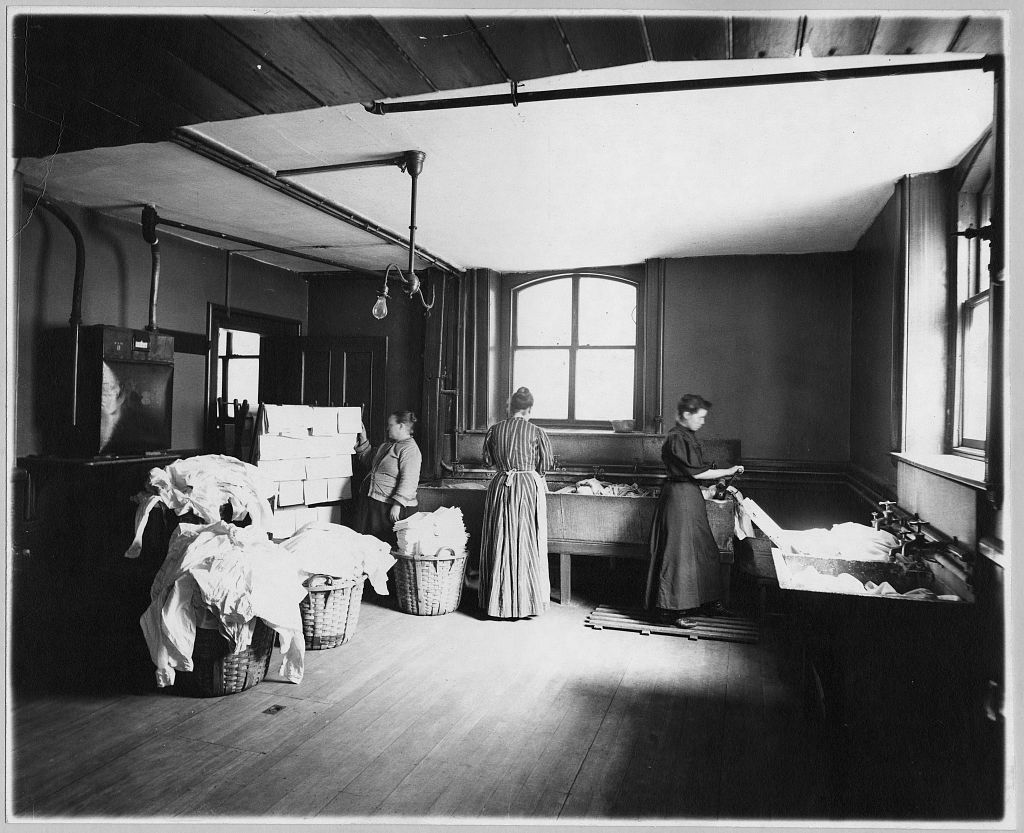Women wash and hang clothes (see the rack at the left) in Boston, c. 1905. Library of Congress

Even in the winter, Norwegians don’t whine for electric dryers to finish their laundry.
Norwegians think Americans are foolish because we think we have to use clothes dryers especially in the winter. Norwegians, whose climate is colder than most parts of the world, dry their laundry all year, indoors, on racks that fold out from the wall or fold up.
A clothes dryer uses about 1,800 kilowatt-hours per year if it handles 10 loads a week. It is one of the most wasteful appliances in the American household, and yet people have been slow to realize this. For several years now, a movement to dry clothes outdoors has sprung up—lots of people are talking about zoning regulations that forbid clotheslines. In my home state of Connecticut, the General Assembly has introduced a bill this year that would override the restrictive covenants in private housing developments, where hanging laundry is considered low-class and not allowed.
The key to changing American’s attitudes is: stop thinking it’s hard to hang up clothes.
It is easier to air-dry clothes indoors than out. It costs nothing except your arm muscles for 15 minutes.
Come on, architects. Design fold-out clothing racks for rumpus rooms, laundry nooks, and cramped apartments. Come on, home mechanics. Devise some simple instructions how to build a wall-mounted fold-out rack and a free-standing gated rack. You don’t have to make these up from scratch. People were using these during World War II and before. You can buy racks at Wal-Mart. They probably were made in China. So were the clothespins, since the last American clothespin company has closed. When drying fever takes hold, the market might adjust.
